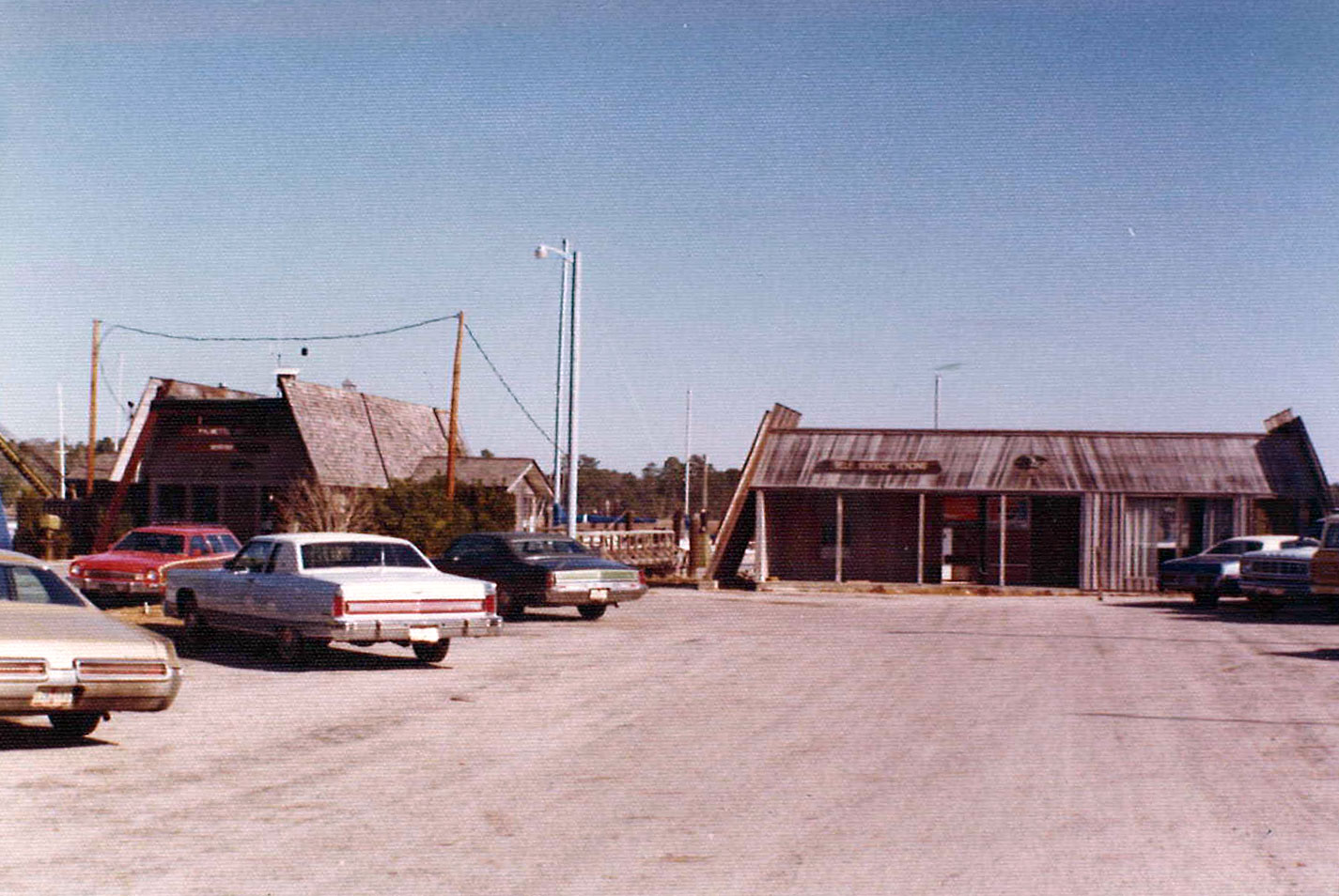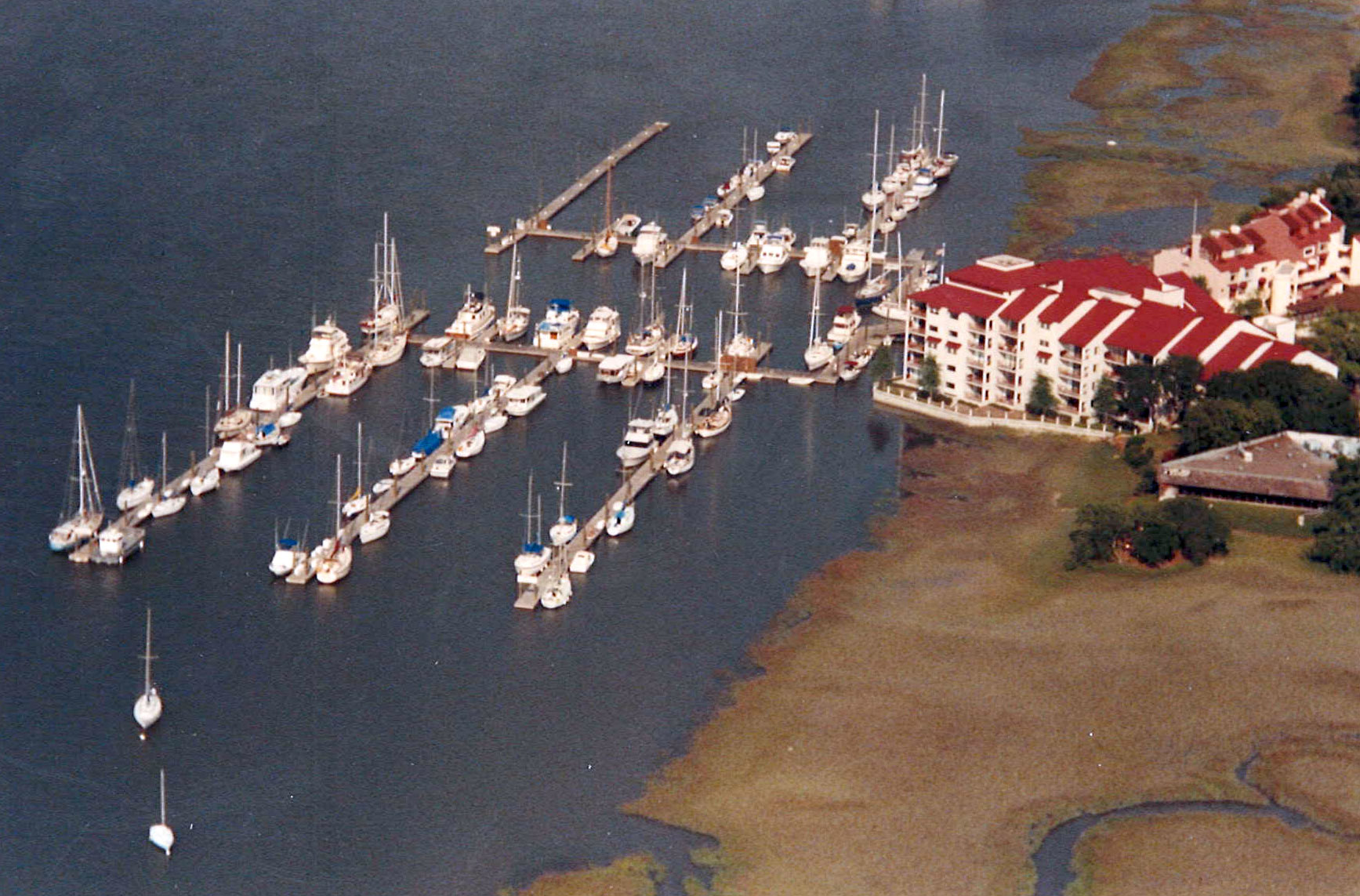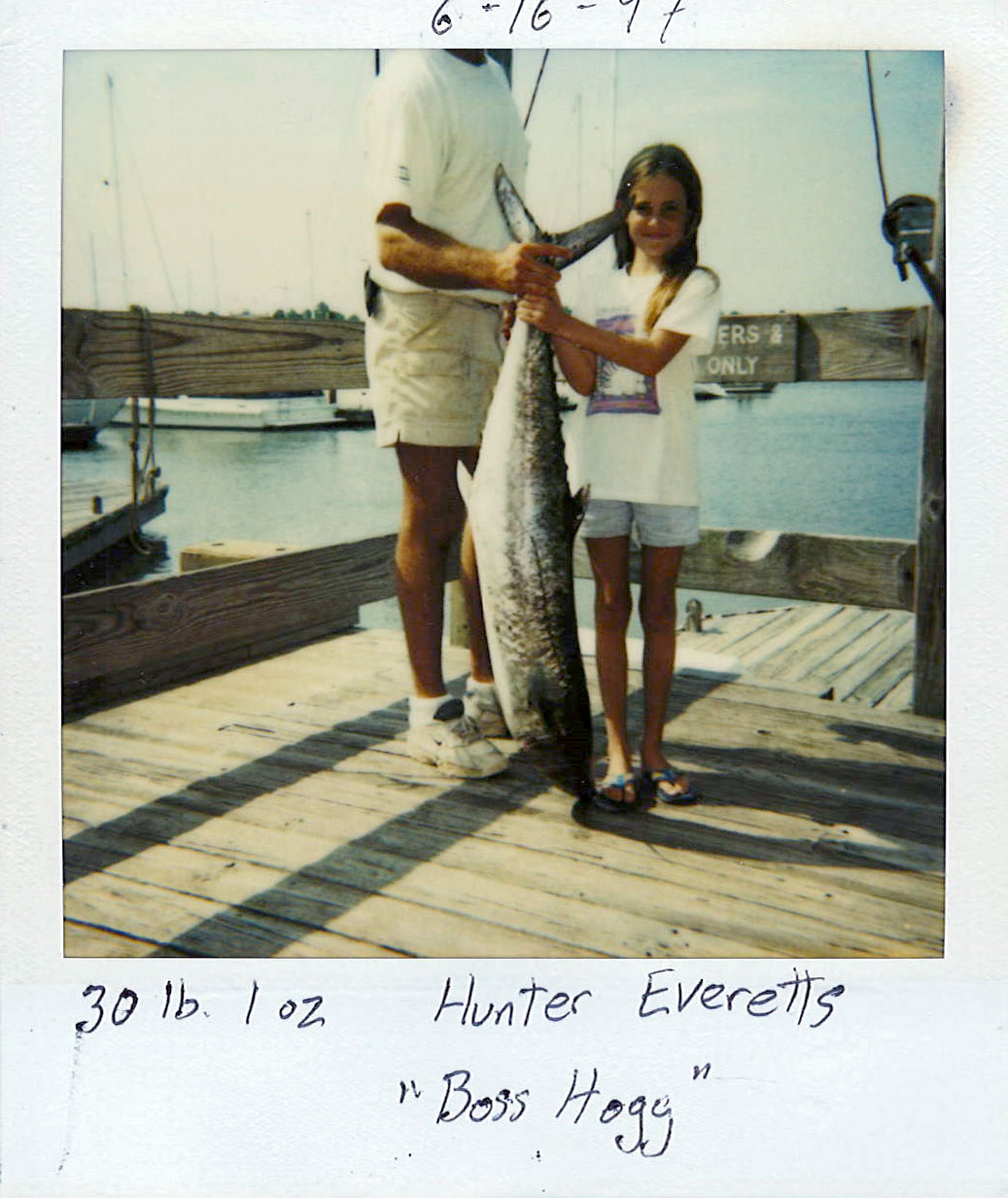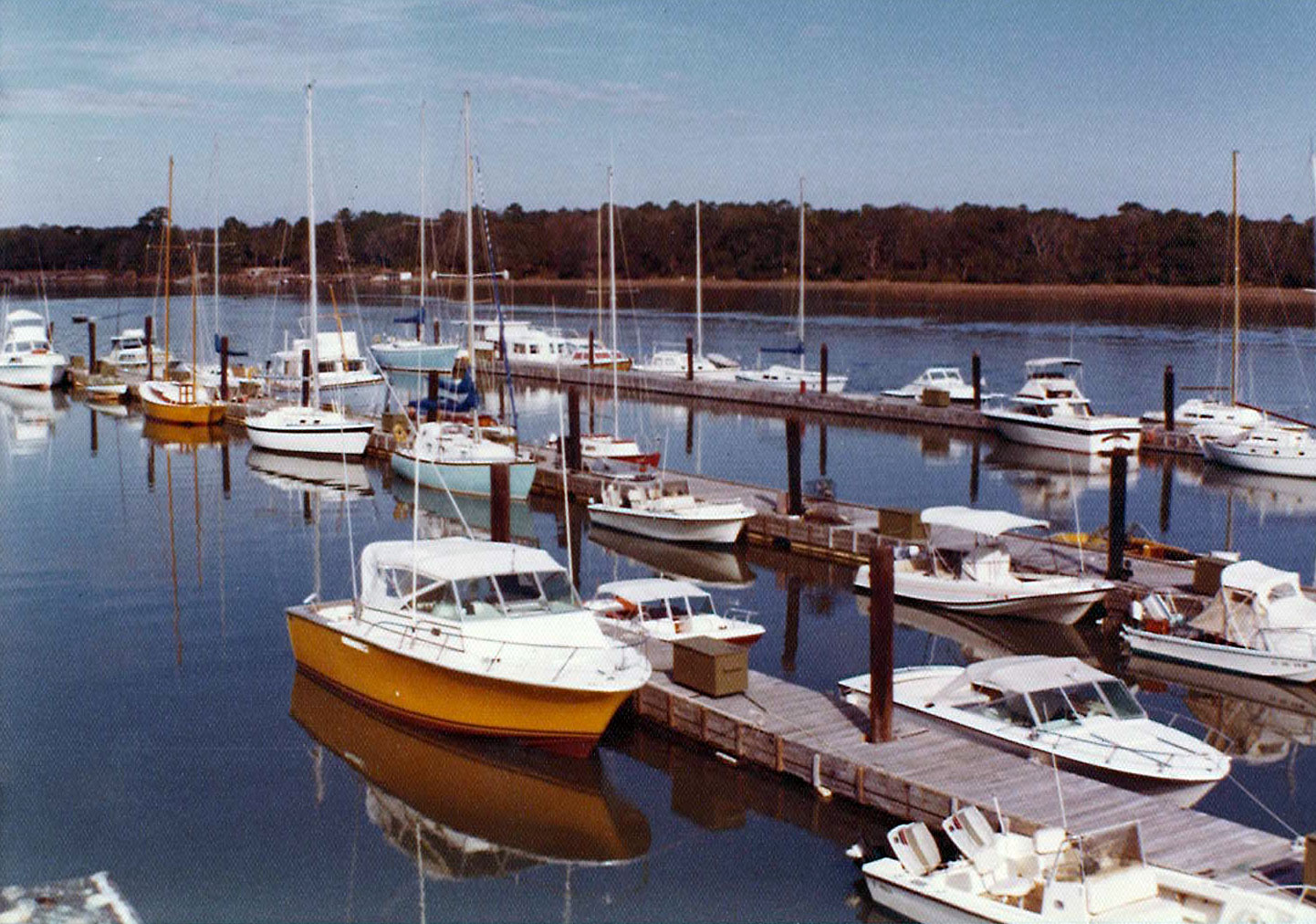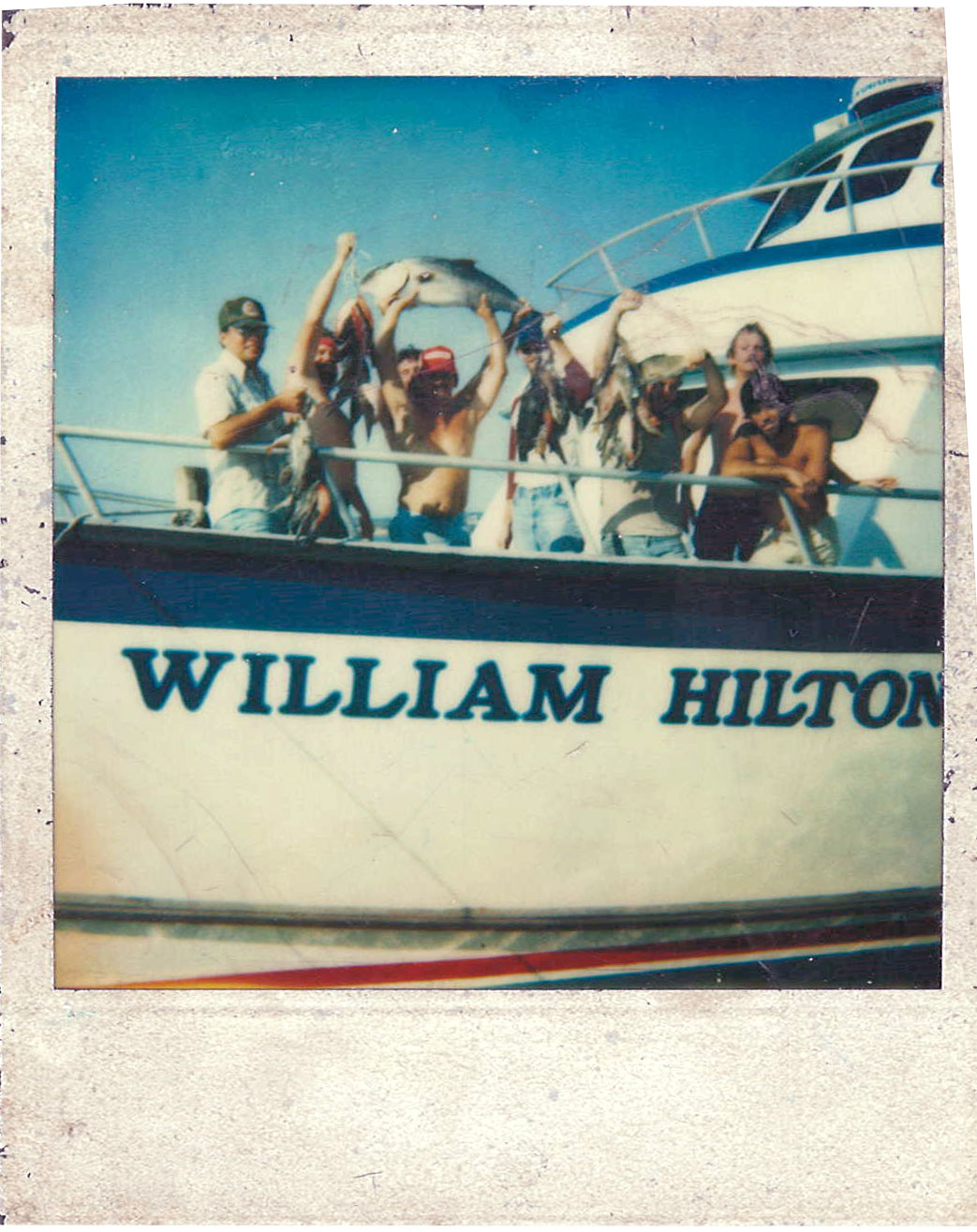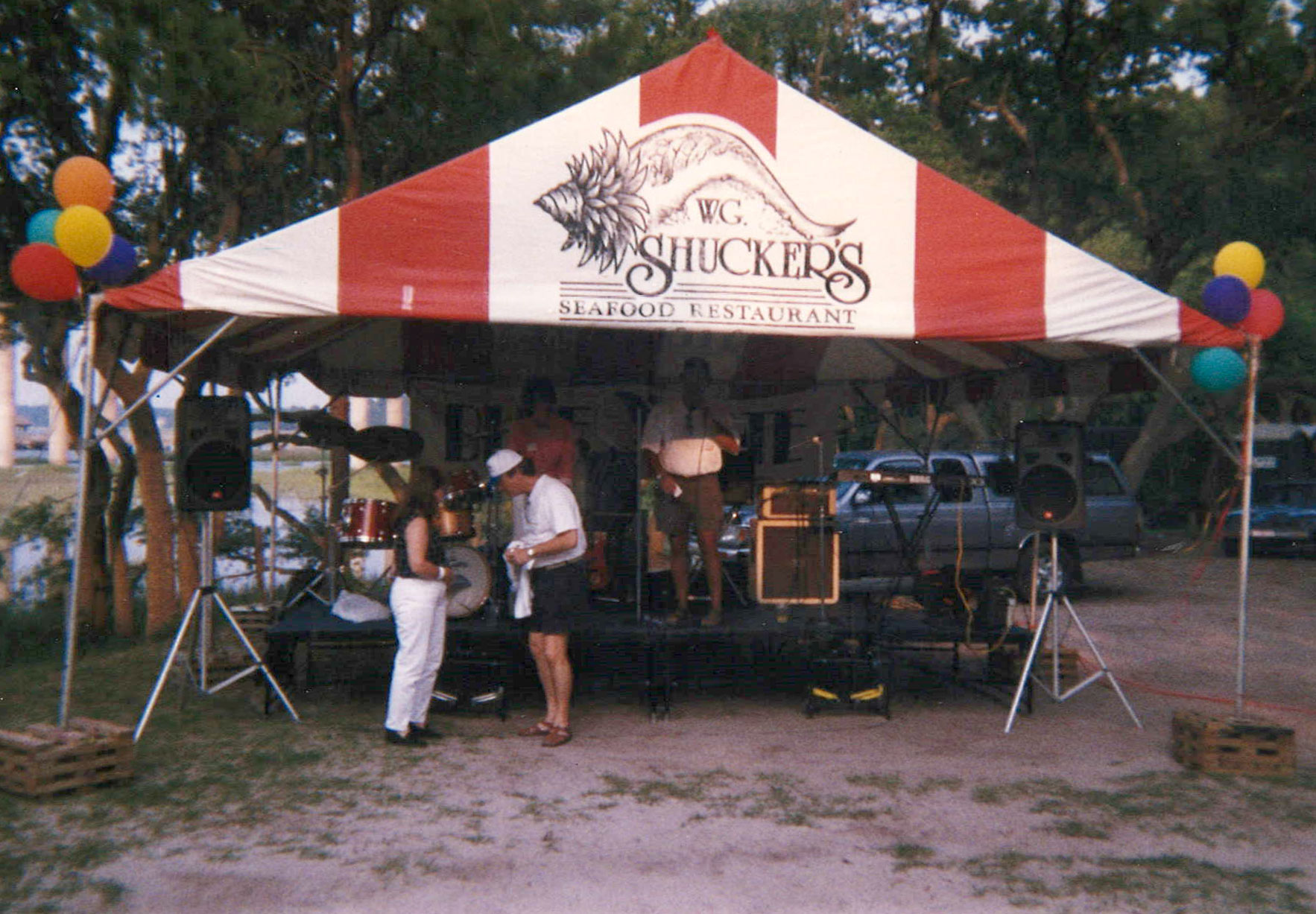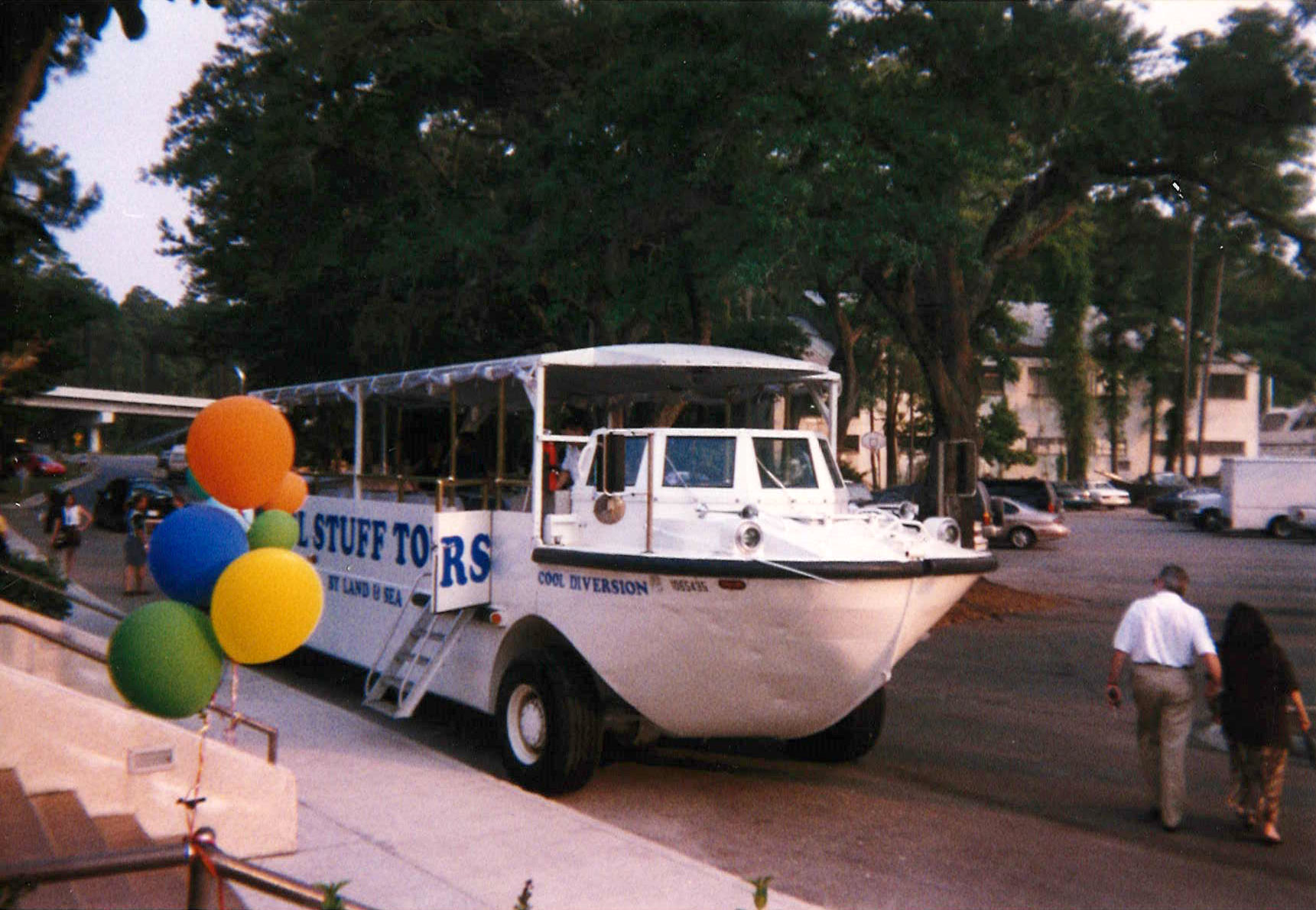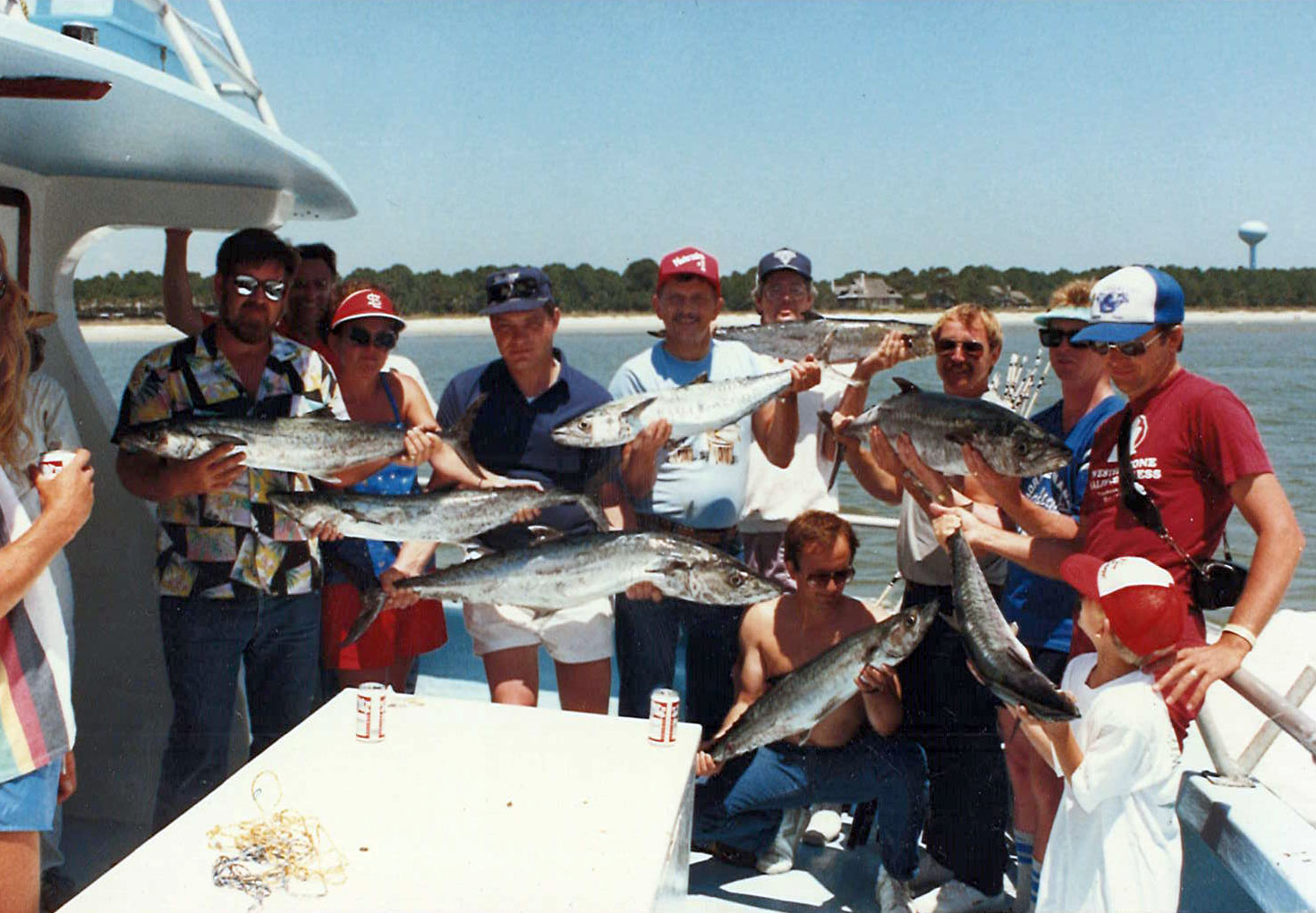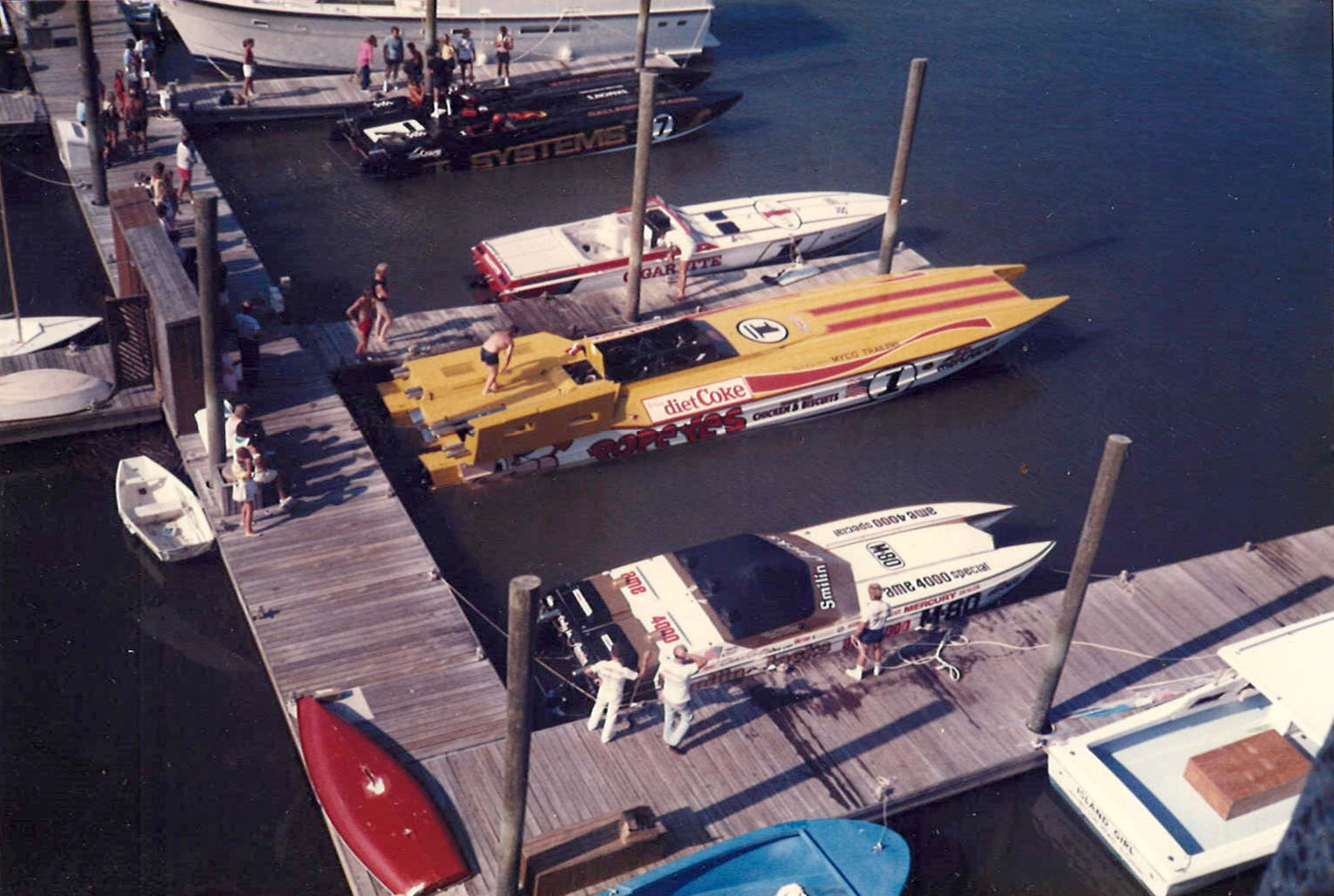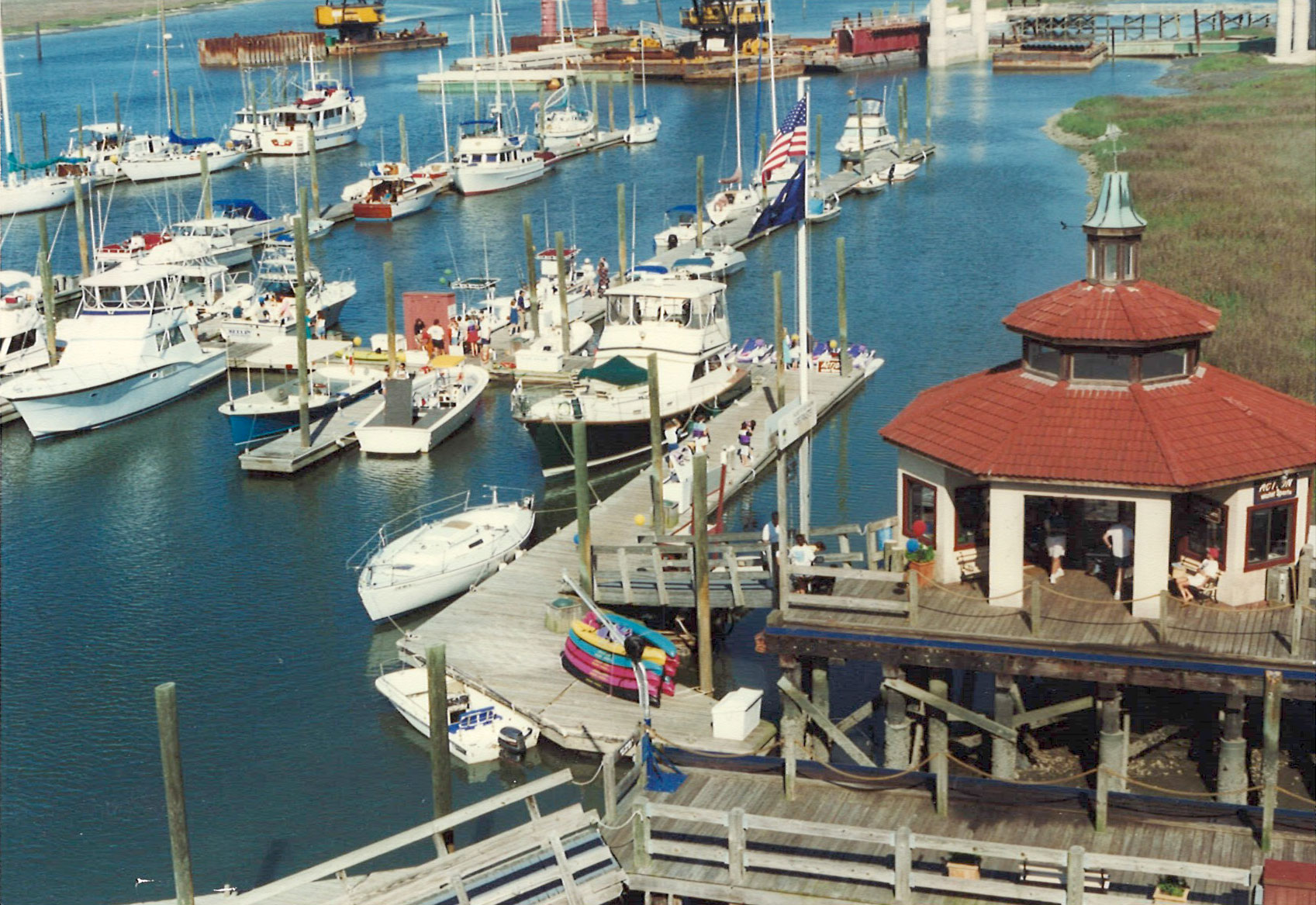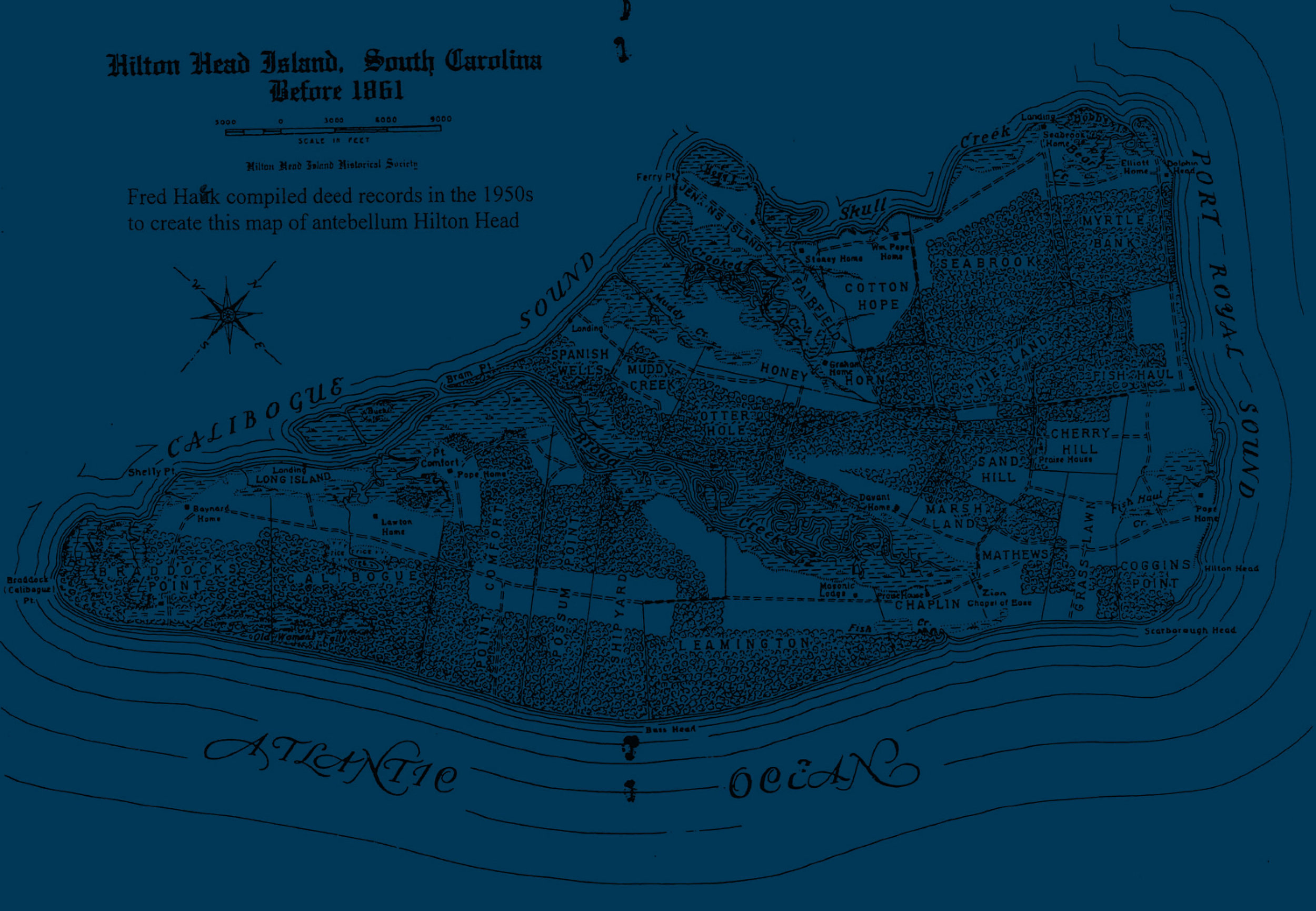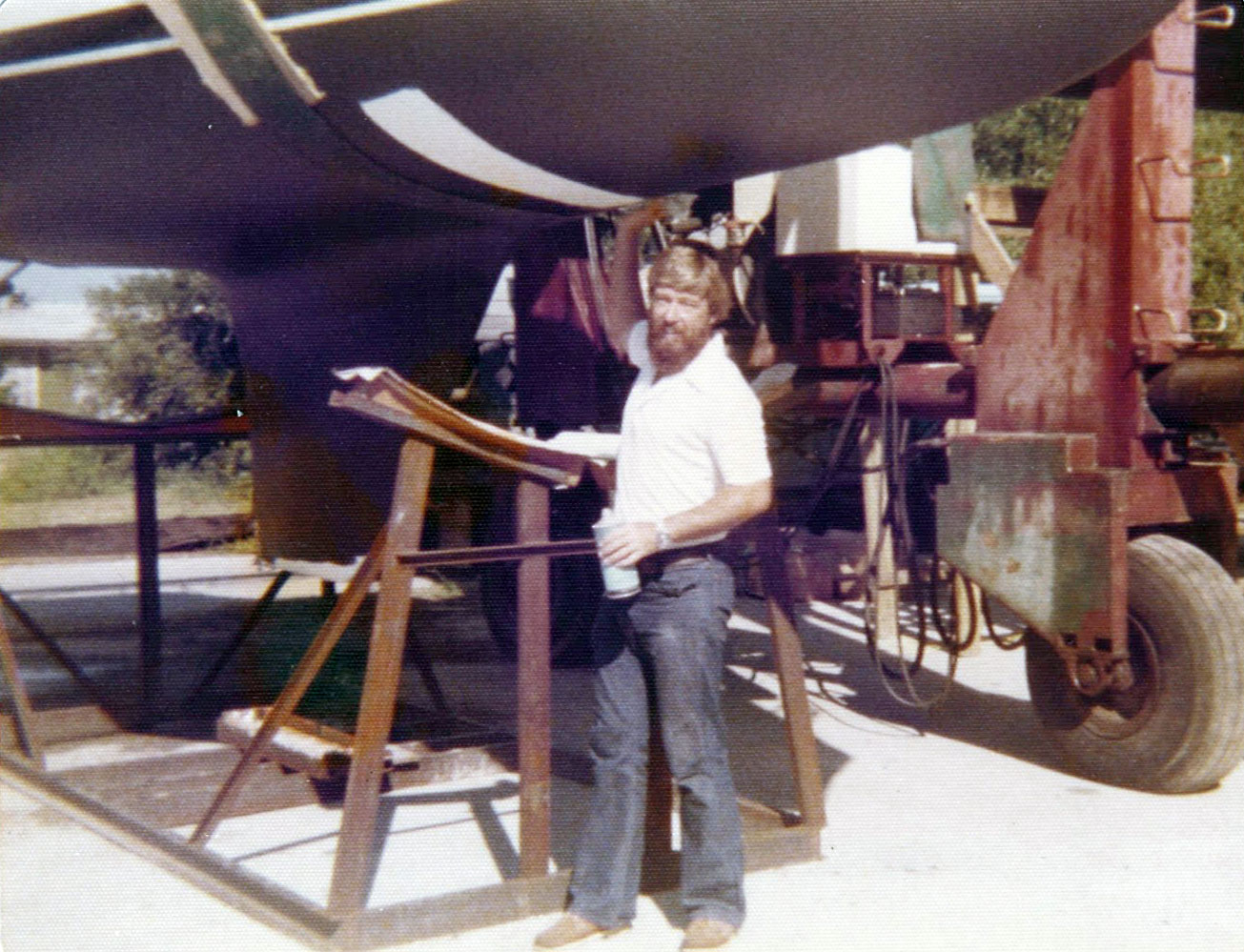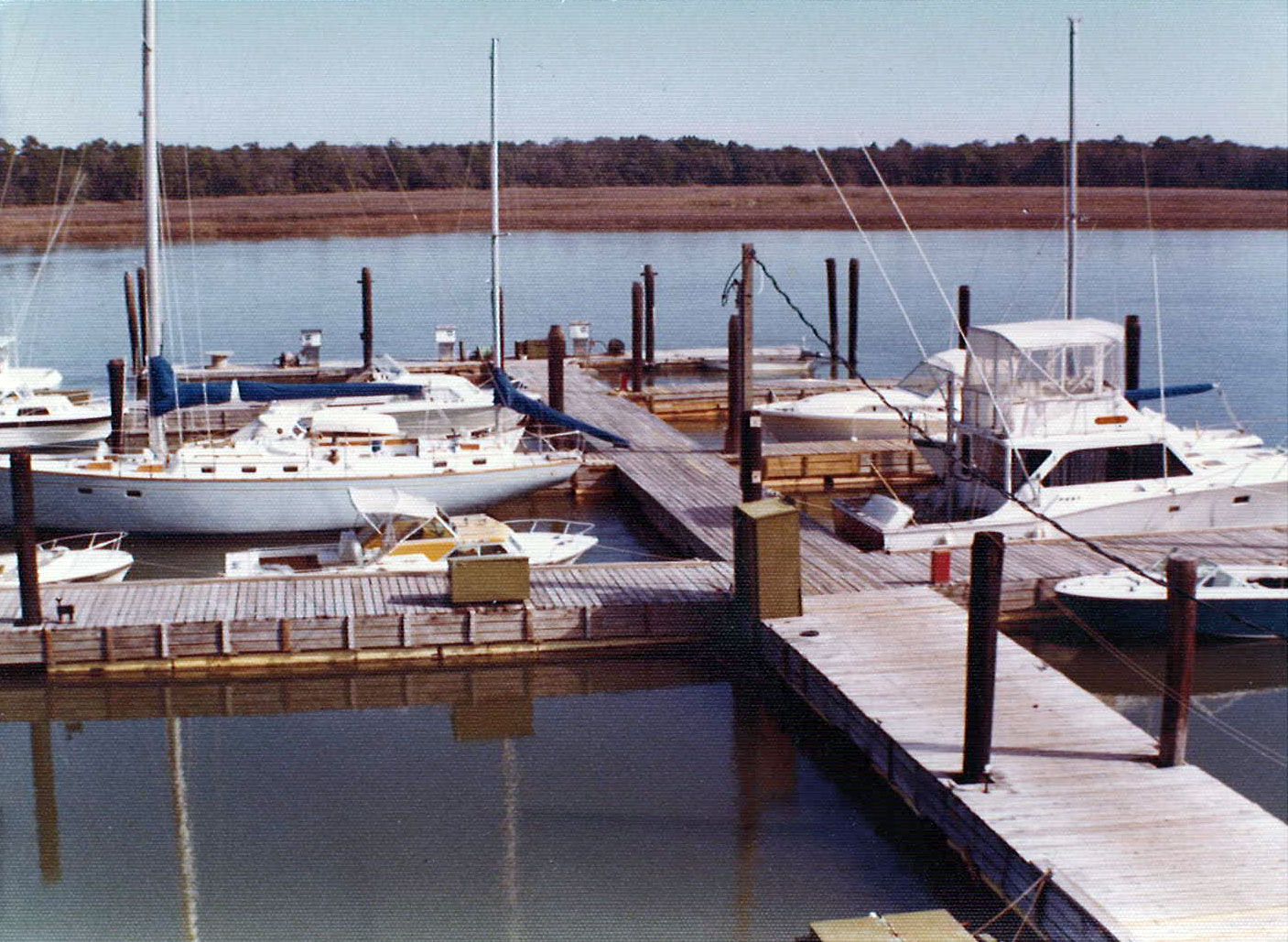Wednesday, 01 April 2009 03:53 By Dwight Williams
Seventy-two-thousand Tides & Counting
In 1959 an undertaker by the name of Jim Dunbar arrived with his family on Hilton Head Island.
He and his wife Peggy came to open a marina at the end of a dit road that terminated at a tidal creek.
Piles were driven into the soft mud and a single floating wooden dock was lowered with a crane that would double as a boat lift. A building was erected. Then in May 1959 the marina opened with a staff that included the Dunbars' son, Stewart, and 13-year-old daughter, Dottie.
“We knew we had a customer whenever we heard a truck with a boat trailer," Dottie recalled. “'There was no telephone service." When the phone lines were laid a few months later, locals could dial 3-9-1-0, and a Dunbar would answer the telephone.
Life on Hilton Head Island would never again be the same.
During the summer Dottie, Stewart and their friends spent their day! in cut-off jeans. “Kids would be dropped off by their parents to fish and crab from the docks," Dottie said. "Then their parents would leave to go to the beach.”
The marina became home to the island's first charter boat when Captain Buddy Hester began the island's first sport-fishing charter company.
With this, an island avocation became a vocation. “He was responsible for a lot of the young men who went into the same industry,” Dottie recalled. In the winter months pilings were added to support another floating wooden dock.
The Dunbars sold the marina to Sea Pines in 1965 but the marina remained a second home to an extensive gallery of unforgettable characters.
Captain Woody Collins pulled up to Palmetto Bay Marina's docks in the mid-1970s. His days were spent shrimping and fishing the local waters; in the evening he sold the day's catch on the dock.
“It was a real sleepy, tight-knit community of people down there,” Collins recalled. “We would get together and cook up a big pot of something on the wood-burning stove.”
John Rumsey arrived on Hilton Head in 1977, the same year Ted Turner won the America’s Cup. He came with a brilliant young architect named Carl “Bunky" Helfrich. Bunky had been a friend of Turner's since their boyhood in Savannah. At the time Turner owned a smattering of billboards and a small television company in Atlanta that broadcast the Braves.
Rumsey crewed on several of Turner's many yachts, including the 12-meter American Eagle and 60-foot Tenacious. In 1977 he, Helfrich and their friend Gary Wheatley decided to purchase the marina. They installed more dock sections and a larger travel lift that would handle much larger boats, including Turner's.





